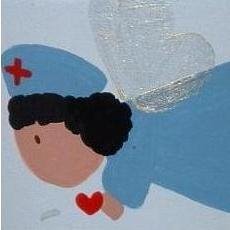Danny Fernandez of OFWGuide Forum shares useful information for Filipina nurses about to go to US to work for the first time.
Get Your Social Security Number (SSN): It is important to apply for SSN upon arriving in the
Don�t Overspend: The contract you signed in the
The stipend may seem like a large amount but the truth is, it will barely cover your expenses. Normally, the accommodation they provide is a one-room apartment with free water and electricity. It has a stove, ref, sofa, TV, and a bed. You need to buy your utensils, plates, spoon, fork, bed sheets, food, and other personal items. Some hospitals have these things included in the package but some do not. It is a must to inquire about these matter to your agency. You need to spend frugally until you earn your first paycheck. Until then, you have to live with the stipend unless you brought some pocket money before leaving the
Learn to Drive in the
Learn about the
Practice Talking and Listening in English: You need to be adept in English comprehension. This should be easy because Filipinos are very good in English. However, the way Americans speak English is different from the way we do in terms of pronunciation and accent. Many foreign nurses find it difficult to understand doctor�s orders. The key solution is practice. The more you practice, the easier it would be for you.









